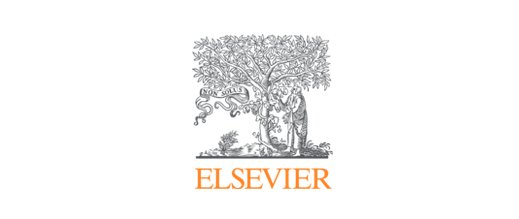Continuous photoperiod of the Artic summer stimulates the photosynthetic response of some marine macrophytes
New publication by Marina Sanz-Martína, Iris E. Hendriks, Jacob Carstensen, Núria Marbà, Dorte Krause-Jensen, Mikael K.Sejr, Carlos M. Duarte

Abstract:
Subarctic macrophytes are predicted to expand in the Arctic as a result of on-going global climate change. This will expose them to 24 h of light during the Arctic summer while pCO2 levels are predicted to rise globally. Here, we tested the photosynthetic activity of two brown macroalgae (Ascophyllum nodosum, Fucus vesiculosus) and one seagrass (Zostera marina) from subarctic Greenland, measuring their relative maximum electron transport rate (rETRmax), photosynthetic efficiency (α) and saturating irradiance (Ik) after 3 days of incubation at different photoperiods (12:12 h, 15:09 h, 18:06 h, 21:03 h and 24:00 h, light:dark) with ambient values of pCO2 (200 ppm, characteristic of current subarctic surface waters) and increased pCO2 (400 and 1000 ppm). The photosynthetic parameters rETRmax and Ik increased significantly with longer photoperiods and increased, however insignificantly, with increased pCO2. Responses differed between species. A. nodosum and Z. marina showed the highest increase of rETRmax and Ik from 12 h to 24 h while the increase of F. vesiculosus was smaller. Our results suggest that as subarctic macrophytes expand in the Arctic in response to retracting sea ice, the long summer days will stimulate the productivity of the species tested here, while the effect of high-CO2 environment needs further research.
